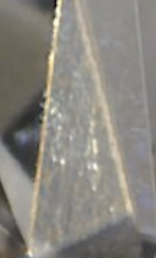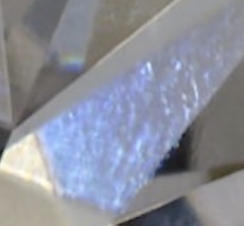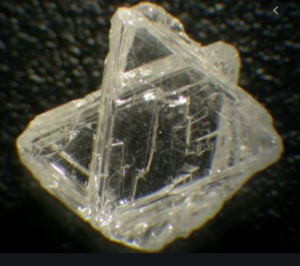Hi,
I am very new to this type of products (diamonds) and wondering how could some expert with years or even decades of experiences see the difference, using whatever tools are needed, between Natural diamond and Lab grown diamond?
As far as I know experts also check and verify the structure in detail, particularly if some stranger would want to sell them something. But I don't understand if is possible, and how, to see the difference between natural and lab grown (i think called artificial or something like that).
Is it possible to sell lab grown as natural?
Thank you in advance.
I am very new to this type of products (diamonds) and wondering how could some expert with years or even decades of experiences see the difference, using whatever tools are needed, between Natural diamond and Lab grown diamond?
As far as I know experts also check and verify the structure in detail, particularly if some stranger would want to sell them something. But I don't understand if is possible, and how, to see the difference between natural and lab grown (i think called artificial or something like that).
Is it possible to sell lab grown as natural?
Thank you in advance.










300x240.png)